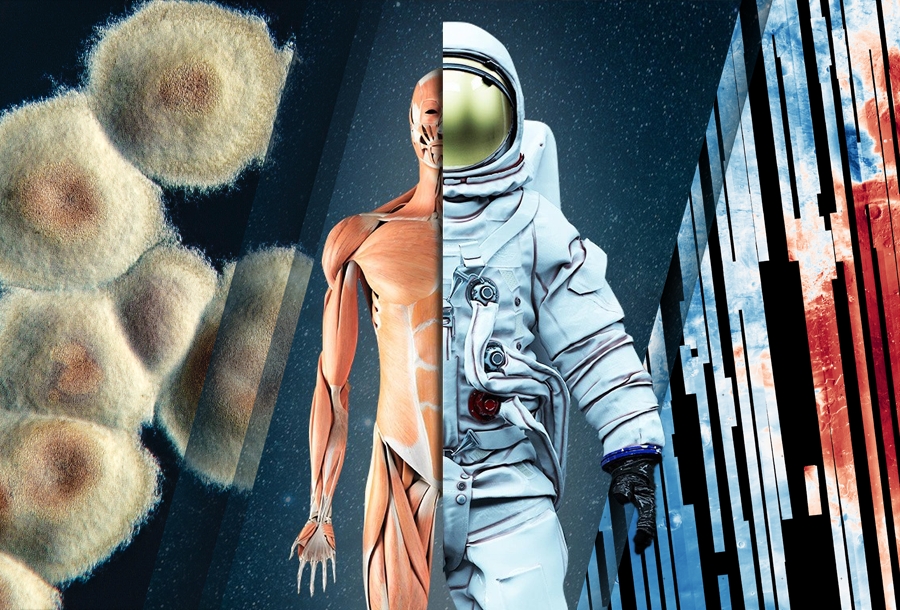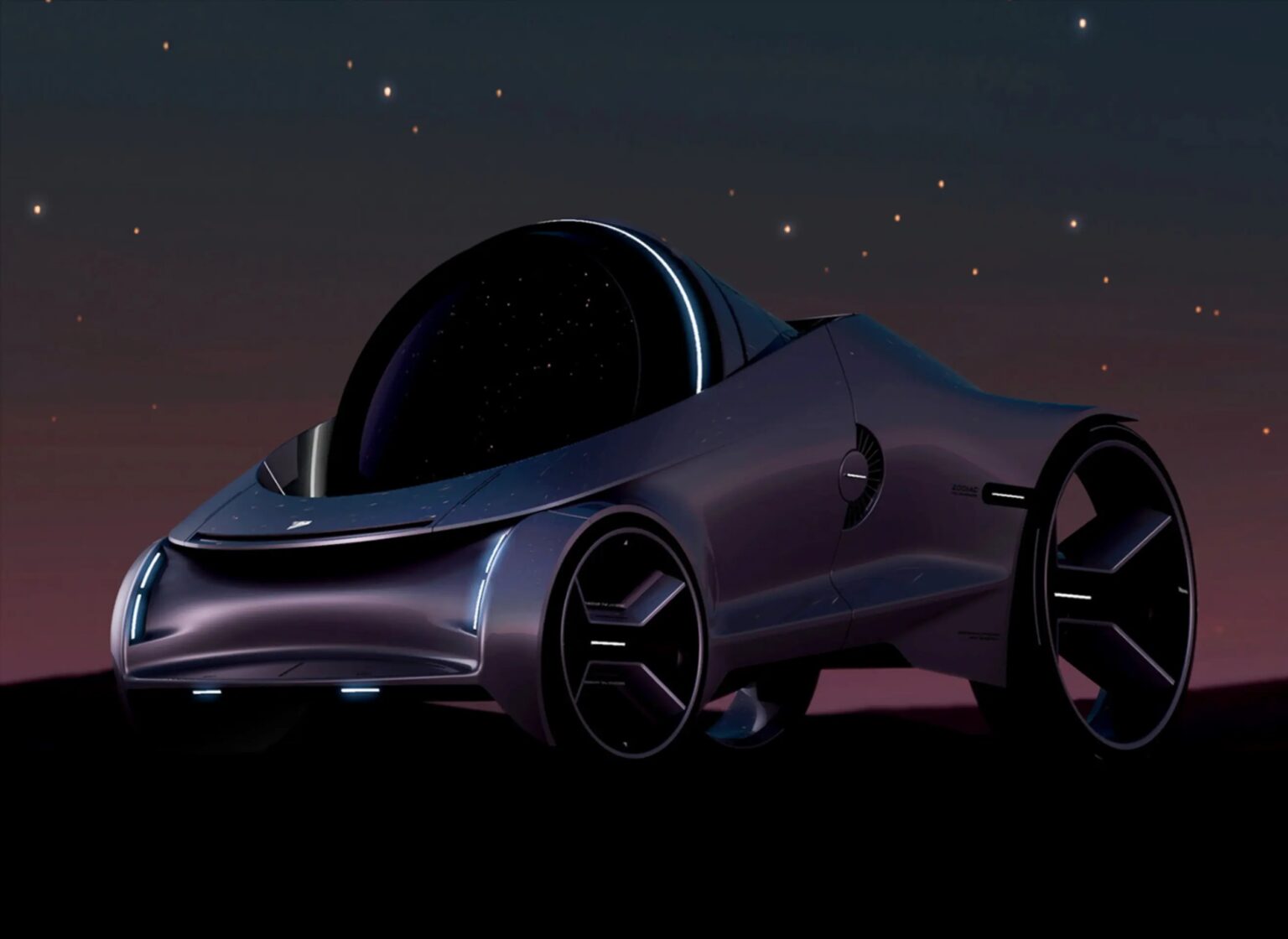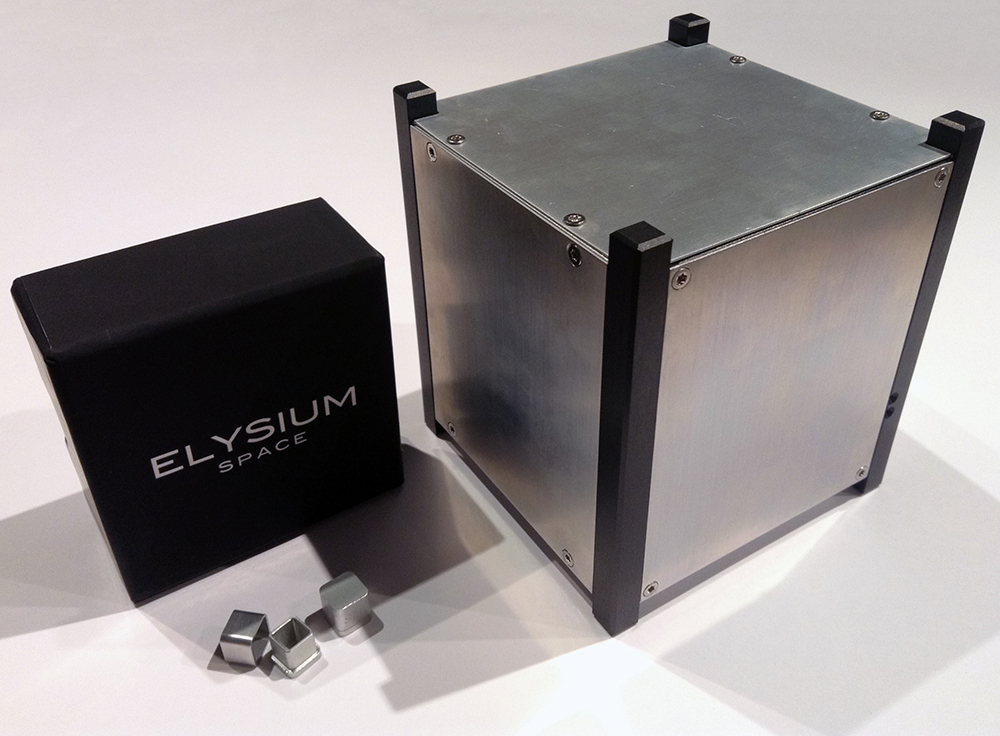Selection of the most interesting space news for the week: NASA published an impressive color map of Mars. Experiments with artificial intelligence and the human nervous system are being conducted on the ISS, and we talk about the most unusual space services – from funerals to the sale of lunar sites.

All organic matter in the Solar System has common origin
Scientists have found a large amount of organic substances on the Churyumov-Gerasimenko comet. Its chemical composition turned out to be identical to the liquid component of meteorites and Saturn’s rings. For this, they used data obtained by the ROSINA-DFMS instrument located on board the Rosetta spacecraft. This instrument is a double-focus mass spectrograph capable of seeing ions and neutral molecules.
MRO published an impressive 5.6-gigapixel map of Mars
Scientists have taken a new look at Mars thanks to a multi-color map with a resolution of 5.6 gigapixels. The map, covering 86% of the surface of Mars, shows the distribution of dozens of key minerals on its surface. By looking at the distribution of minerals, researchers can better understand the past of the Red Planet and identify regions that need more in-depth study.
The first part of this new map, published by the NASA planetary data system, contains 51 thousand images, each of which represents a strip with a length of 540 kilometers and a width of 10 kilometers. Within a year, a complete map will be published, which will cover visible wavelengths and will have twice the spatial resolution. The full publication will complete one of the most comprehensive studies ever conducted on the surface of Mars.
Artificial intelligence and the human nervous system are being experimented on the ISS
Experiments on the study of the human nervous system have begun on board the International Space Station. In parallel, the Expedition 67 crew explores space physics, artificial intelligence, and also changed the configuration of the airlock. Sci Tech Daily described one of the busy working days of astronauts aboard the ISS.
The absence of gravity in space has an impact on a wide range of physics studies, thanks to which new phenomena are being discovered. All experiments are aimed at improving the lives of people on and off the Earth.
Market News

Zodiac Stargazer: Electric vehicle concept with a built-in telescope
Designer Hyunsik Moon has created the most amazing concept of an electric car called Zodiac Stargazer. According to the author’s idea, his astronomical telescope on wheels can accommodate up to two passengers. The telescope can rotate, giving both an incredible panoramic view of the sky.
Moon sees his telescope on wheels as a way to promote astronomy to the masses. According to the author’s idea, such an electric car could be rented in the evening and go on a romantic night trip to observe the sky far beyond the city.
NASA has problems developing a new spacesuit for the Moon: Video
The Artemis mission is being actively developed for the sake of humanity’s return to the Moon. The SLS launch vehicle with the Orion orbital module has already passed the test tests and the Artemis I mission will be launched later. Although the return of man to the Moon will not take place soon, NASA is already actively developing a new generation of spacesuits for astronauts. But this process is progressing rather slowly due to the difficulties that engineers face. The space agency talked about the difficult development process in the video.
Bacteria can produce rocket fuel
The Streptomyces bacterium produces a substance that can be used as rocket fuel. Scientists are convinced that it is not only environmentally friendly, but also quite powerful. Scientists from the United States Biofuels Institute claim that they can obtain a substance from bacteria of the genus Streptomyces that can be used as fuel for space rockets. It is called the methyl ester of polycylcopropanated fatty acids, or POP-FAME for short.
Interesting

Space funerals, selling plots on the Moon and other most weird extraterrestrial services (article)
Probably, many of you have heard about some most strange space services — for example, about a funeral in orbit or, say, buying a plot on the Moon. Some of them are completely official and are provided by quite respected companies, long-time participants of the space market. Others, in fact, are not much different from ordinary fraud. In this article, we will look at some of the most popular such services and find out if they are legal.
Astronauts in orbit age 20 years in six months
Space missions lasting six months or more negatively affect the health of astronauts. The human body in orbit loses so much bone mass in six months, which is equivalent to two decades of aging. Moreover, intensive training upon returning to Earth for a year restores only half of the lost bone strength.
Follow us on Twitter to get the most interesting space news in time
https://twitter.com/ust_magazine

